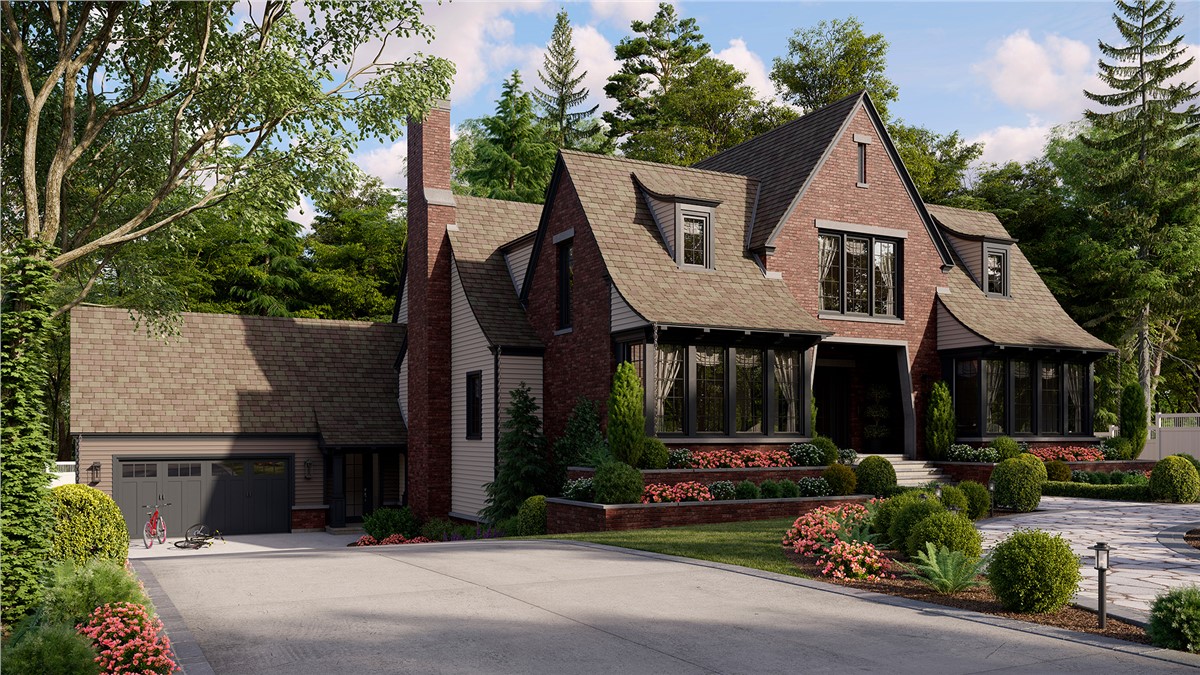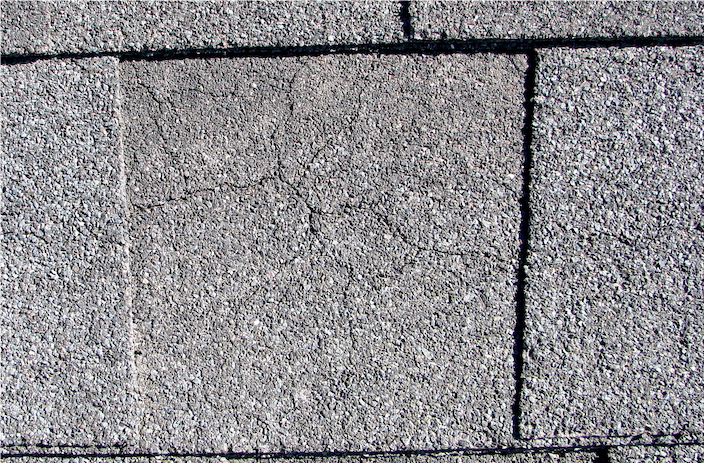Types of Skylights
The three basic types of skylights are tube skylights, ventilating skylights and box skylights. Tube skylights are often used in rooms where there is not direct access to the roof. Tube skylights also often curb mounted, which means that they have a raised top and protrude from the top of the roof. Ventilating skylights are most often framed and flush with the roof. They open slightly to allow air flow and ventilation. Box skylights, also known as fixed skylights, are flush with the roof’s surface and do not open. If the room where you will be installing the skylight has direct roof access, a ventilating or fixed skylight is a good choice, as they offer more variety in size and accessories.
Skylight Accessories
If the skylight is directly over your bed, chances are that a mid-day nap will be out of the question without some skylight accessories. Most ventilating and fixed skylights can be accommodated with blinds, or tint. Some even have the blinds between layers of glass that can be remotely controlled. Tinting is a great option, because it provides a natural barrier from the sun’s harsh rays, while still allowing the affect of the sunlight to filter through. Although some tube skylights come with tinting, since they are farther away from the light source, they are usually left un-tinted.Another option that should be strongly debated when selecting skylights for the home is insulation. By choosing skylight panels that are insulated, there is an automatic barrier to help protect your home during the change in weather. While insulation will help keep drafts from coming through during the winter months, it will also help filter some of the heat from the sun during the warmer months.
Installation
If do-it-yourself jobs are your forte, installing a skylight can be done. If, however, you are not comfortable climbing onto your roof and the thought of cutting into your shingles or flat roof is nauseating, it is best to call in a professional. Most skylights are relatively easy to install and come with specific directions and help from the manufacturer. Before making any cuts or climbing onto the roof, read the directions carefully and gather necessary sealant and tools. If you are unsure about the required materials, check with your local home improvement or window distributor for advice. Choosing the right skylight for your home is mostly about evaluating the space and structure that you have. Select a skylight that will give you ample natural lighting, but that also has the ability to protect your home’s interior from too much sun or winter’s chilly drafts. With the right skylight, you can greatly enhance the look and resale value of any home.
Tags
Subscribe to Stan's Roofing & Siding's Blog








Comments